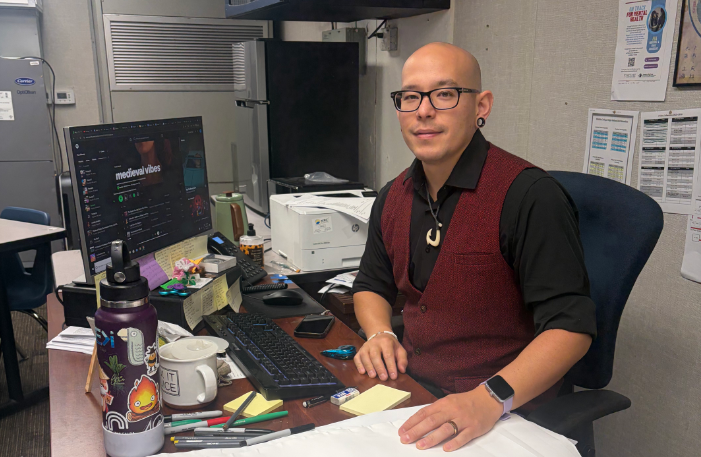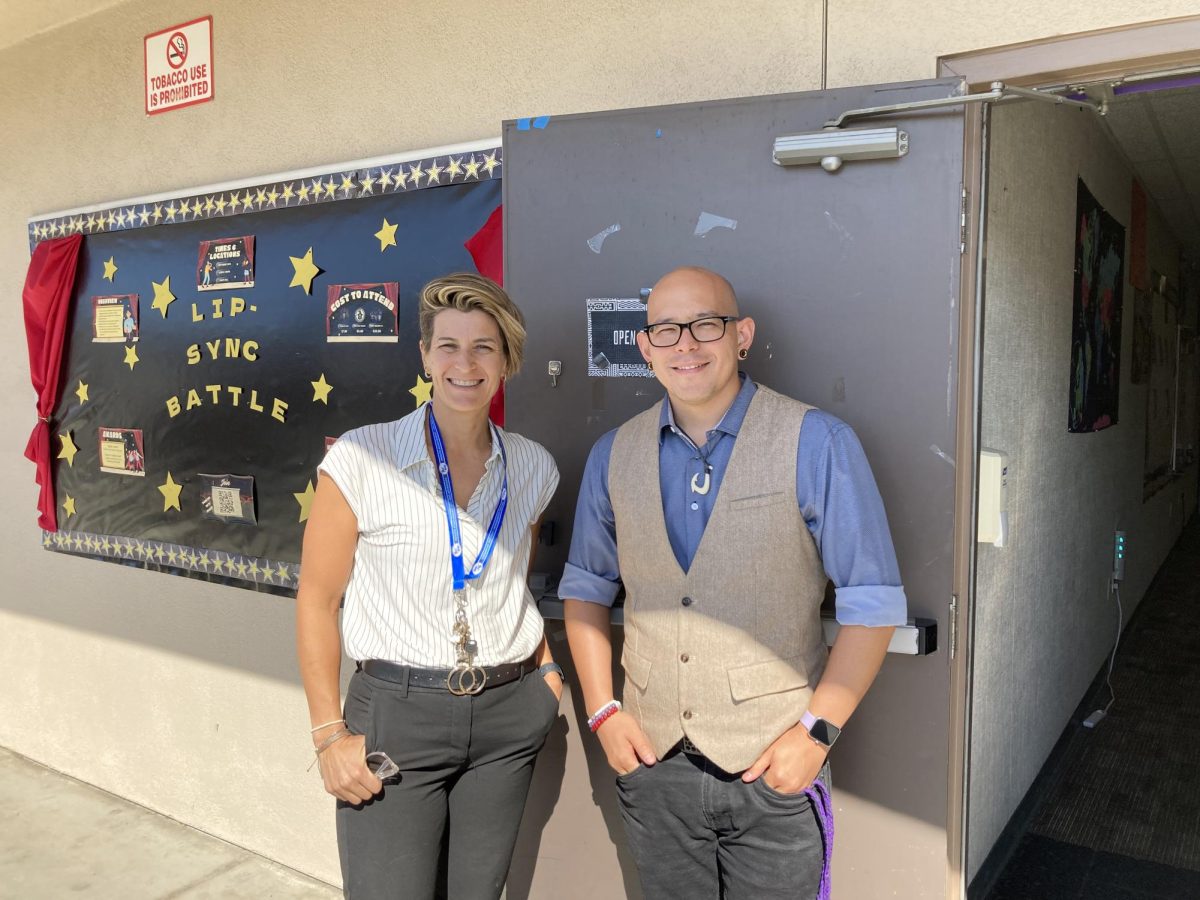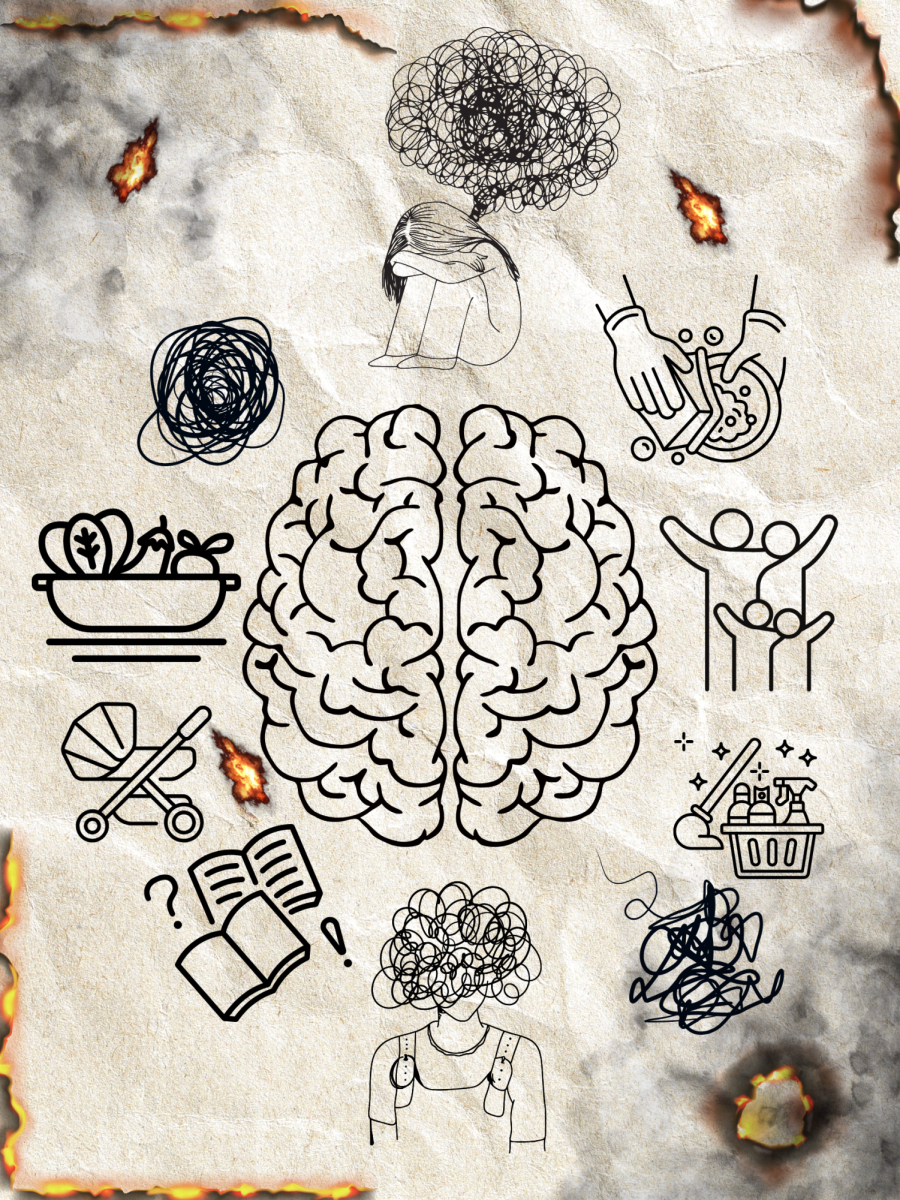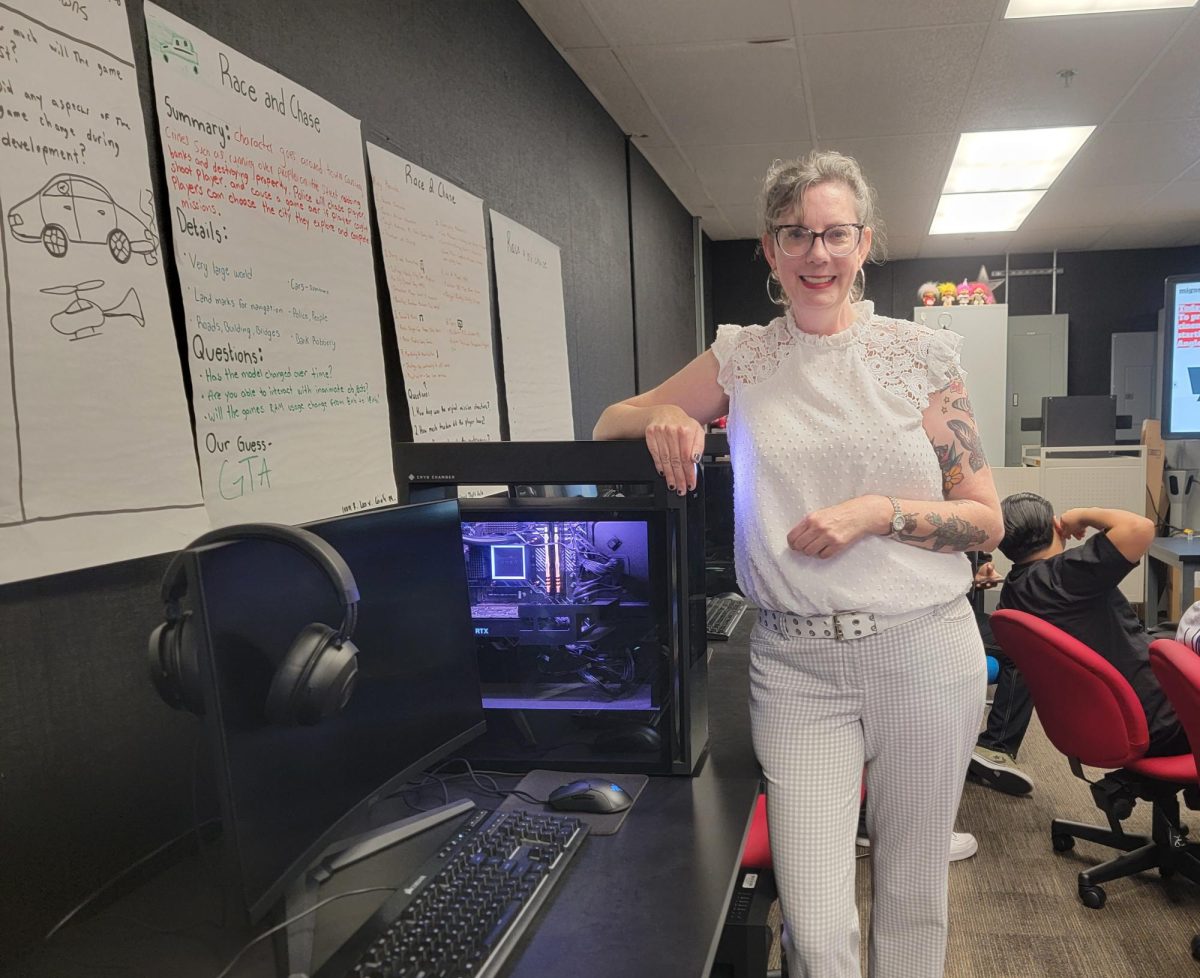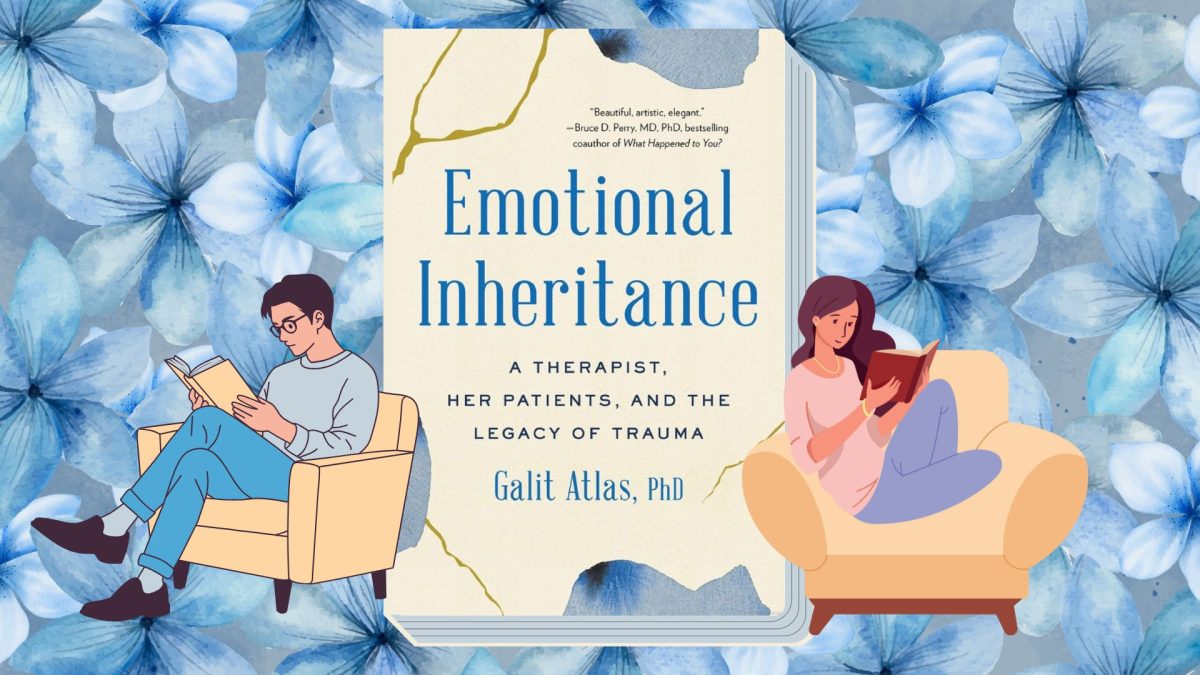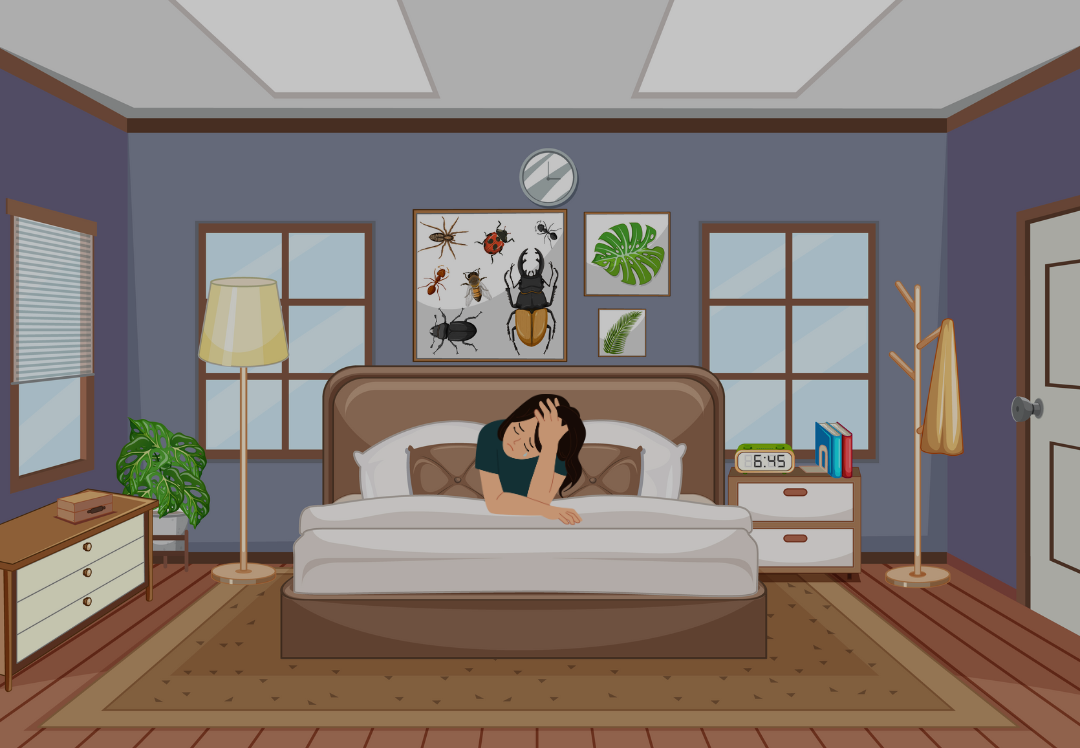In the U.S., civil clocks in most areas are adjusted ahead one hour during the summer; this is known as Daylight Saving Time. During the winter they fall back one hour; this is known as standard time. Daylight Saving Time (DST) was first introduced by Benjamin Franklin in 1784 to reduce energy consumption and provide more daylight for outdoor activities. Though it wasn’t established in law until March 19, 1918 and then re-established nationally until early World War II.
After the war, the use varied among states and cities, which is why today most of the U.S. observe Daylight savings with some exceptions of Hawaii and parts of Arizona.
Today, DST has become a regular part of our lives, with clocks “springing forward” in March and “falling back” in November.
While the extra evening light can be enjoyable, the changes in time can disrupt sleep patterns, daily routines and overall well-being.
These disruptions can be especially challenging for individuals suffering from Seasonal Affective Disorder (SAD), more commonly known as Seasonal Depression, which is a type of depression that occurs during specific seasons, often the darker months. This depression can affect daily feelings, thinking and actions. The exact known cause for the depression isn’t exactly known, but the lack of sunlight is a major trigger.
For those affected, the combined effects of limited daylight and shifting schedules can lead to significant mood changes and difficulty managing daily activities. As well as symptoms similar to other types of depression, including low energy, difficulty concentrating and changes in sleep and appetite.
At MCHS, students share their experiences with seasonal depression.
“I noticed the seasonal depression around the beginning of October,” sophomore Camilla Chan said.
“Most days, I don’t feel like doing anything after getting back from school. Usually, I don’t fall off track till February and March, so this surprised me.”
Chan wasn’t the only student who found it difficult to stay active after school hours.
“I found it more difficult to concentrate during the winter, but I wasn’t entirely sure if it was because of finals,” senior Evangeline Terril said.
“However, I’ve come to realize recently that having fatigue and weak motivation are consistent even after finals, so I recognize that seasons do affect my moods,” Terril said.
Seasonal Affective Disorder usually begins in the fall, peaks in winter and fades in the spring, but can recur every year. DST can exacerbate the symptoms of SAD, particularly during the transition to and from the time change, as it affects exposure to natural light.
SAD can occur in different forms and affects the daily routine of several people. There are many common treatments that can help cure and ease the discomfort this depression causes.
Light therapy is a common treatment for SAD and can help regulate circadian rhythms and boost serotonin levels, making it particularly useful during DST transitions. Maintaining a consistent sleep schedule can help reduce the sleep disruptions caused by DST and alleviate its negative effects.
Maximizing exposure to natural light, especially in the morning, can help mitigate the reduced daylight caused by DST, especially during the fall and winter.
MCHS students have offered practical tips and shared what has worked for them to combat the challenges of seasonal depression.
“I would say to just try to get out of your house as much as you can. Take every opportunity possible,” sophomore Benjamin Jimenez said.
“If that’s not possible, invite friends over to your house. Give yourself reasons to motivate you—it really just depends on how the seasonal depression affects you,” Jimenez said.
Even with a busy schedule, making time to step outside can greatly improve your mental well-being.
“Try to do something outside for at least 10 minutes if you’re busy. If you can do more than 10, even better,” Chan said.
“This could be simply sitting out in the sun, going for a walk, or working out. You can also read a book or do any of your hobbies outside,” Chan said.
There are several coping strategies that can soothe these winter blues and make the sunless days better. What seems to be a constant pattern in students is sticking to a regular active routine.
Some health professionals criticize DST for its negative impact on sleep and mental health, suggesting it contributes to health problems like heart attacks and strokes immediately after the time shift. There is advocacy for ending DST or making it permanent to avoid the disruptions caused by the time change, and to help those affected by SAD.
Some regions have already eliminated or modified DST, and further changes may occur as research continues to show its negative effects on mental health.
We asked students at MCHS how they believed their daily lives might change if DST were made permanent or abolished entirely. Here’s what some of them had to say.
“I would feel weird at first, because I am so used to there being a time when the sunsets earlier,” senior Audrey Gurrola said. “But as time passes I would mostly likely get used to it and it wouldn’t affect me as much.”
Opinions on the potential impact vary, with some students considering how it might influence their daily routines.
“I’m not sure,” senior Mya Miranda said. “It depends on if we’d keep the time for an hour ahead or an hour behind, but I think that it would help my sleep schedule to stay more consistent. So it could positively affect my daily life.”
Others, however, express concerns about the monotony that could arise from eliminating seasonal time changes.
“It would make my body feel like a ‘robot’ with no sense of change or motivation to look forward into the new seasons of change of time by the speed of it,” senior Jose Valencia said.
“It would become ‘mundane’ with how the days would all blend in together without having that challenge to keep up with the pace,” Valencia said.
By sharing their experiences and strategies, students at MCHS are finding ways to support each other through the darker seasons, making it easier to navigate the challenges of both DST and SAD.

